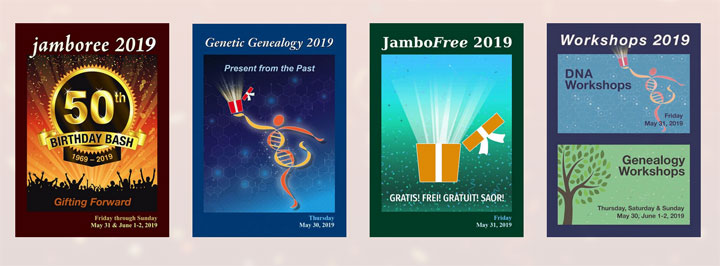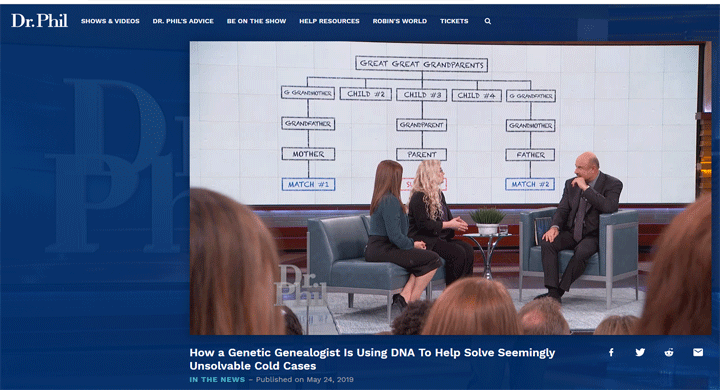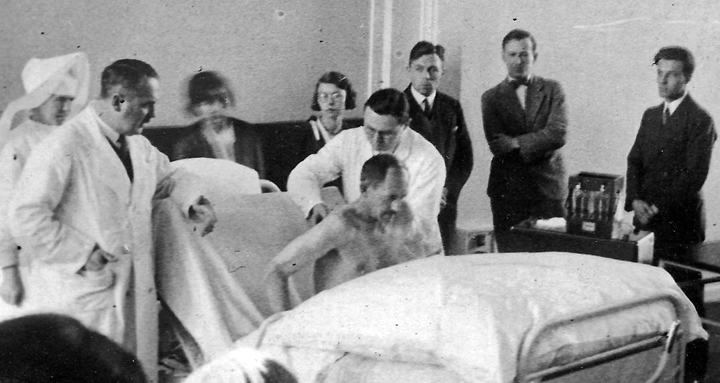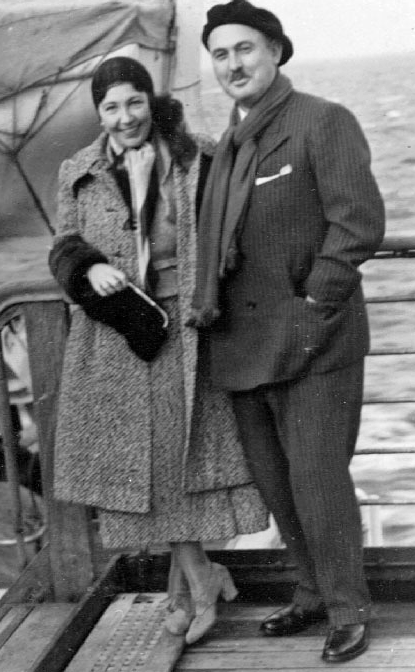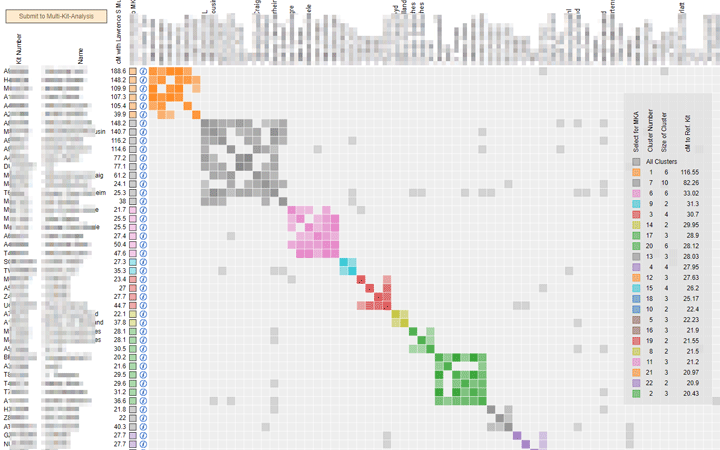Another wonderful Jamboree, the 50th birthday celebration, is over. This is my favorite conference not just because of the great weather and outdoor bar but also for the manageable size and a day for just DNA, not to mention the high quality of the presenters. So I was very sad to hear that it will not happen next year; they are reinventing themselves for 2020 – click here for the announcement on their blog.
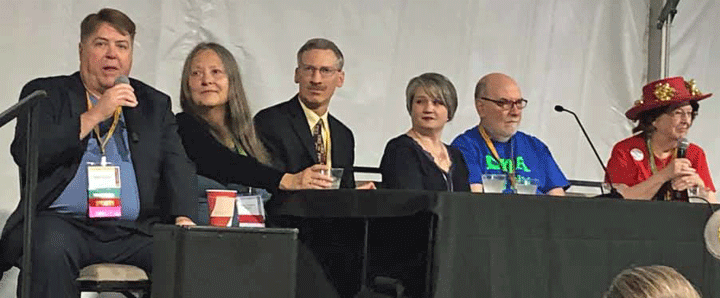
Ask the DNA Experts: Brad Larkin, Kitty Cooper, Tim Janzen, Angie Bush, Dave Dowell, moderator Alice Fairhurst photo credit: Ann Schumacher
The DNA Experts Panel this year went particularly well. However when looking at one attendee’s evaluation form I saw that they had taken notes on their form (including my “read my blog!” refrain); so I include that image without the ratings (all good, yes we read what you say!) at the end of this post in case they did not make another copy.
My plan at a genealogy conference is always to attend a maximum of 2-3 talks a day (more is information overload for me) and otherwise hang out in the exhibit hall looking at what’s new from my favorite vendors. Plus spend time with friends over lunch and in the bar when the day is done. Thank you all for the glasses of wine!
When I get home after the conference, I like to watch some of the presentations that were streamed, particularly the early morning ones that I was not awake yet for. The genealogy ones are free online, thanks to Ancestry‘s sponsorship, until July 31. Go to https://webcastandbeyond.com/streaming/jamboree/ to get a login id.
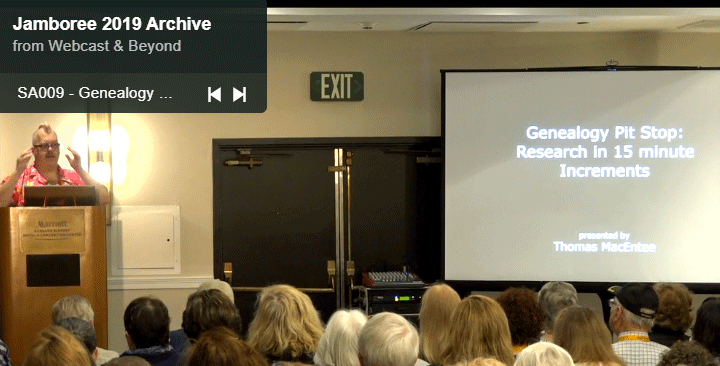
Thomas MacEntee of Abundant Genealogy starting his streamed talk – screenshot from that archive
I really loved listening to Thomas MacEntee explaining how to you can do genealogy in 15 minute chunks. Like you, I said to myself, “No way!” But his presentation taught me a great deal about keeping track of my research, staying organized, and how not to chase those bright shiny objects (BSOs – this latter is my biggest failing!) by adding them to my to do list.
There is always news at these conferences.
Continue reading
